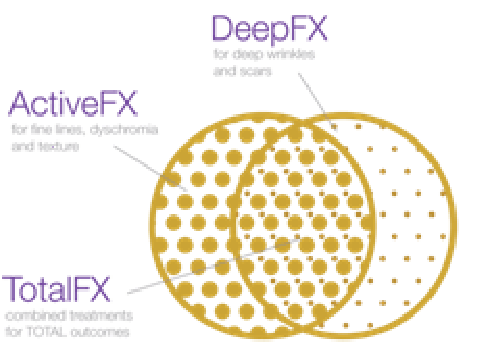Although during these present times, people are opting for fillers and more temporary correction of thin lips and for lip augmentation, there are permanent options for lip augmentation. Most of the time these permanent options have a longer recovery time. But, in the long run you will save money and not have to undergo repeat injections that could happen twice a year depending on the filler that you choose. Lip advancements are one way to increase the pout of your lips while adding some volume. Most of the time these lip advancements are done in a V-Y fashion. What that means is that the inside of the mouth begins in a V shape and drawing. With the wide part of the V representing how wide you want the lip augmentation to be. The pointy V part usually starts way inside your mouth inferior to your teeth in the gutter part of your mouth. When the V is incised it is pushed forward to increase the pout of the lip. When the V is advanced, the part that is inferior to the pointy part of the V can be
closed in a straight line creating the vertical portion of the letter Y. Here are some pictures explaining it and also some before and afters from this procedure. Importantly, I incorporated my theory on facial beauty to get these optimal results. This result is 2 weeks after the procedure and will get better and better. One thing to notice is that the lower lip is much bigger than the upper lip. This maintains the correct balance of the lips. In fact, the lower lip should be twice the size as the upper lip to maintain the optimal aesthetics for this area. The center puckering of the lower lip should also emulate the eye and the pucker should create a highlight approximately 3 iris widths in length, essentially the size of the width of the eye. The height of the lower lip should be one iris width for optimal aesthetics. Below the dash lines represent the right orientation but they are located inside the mouth. This patient had 3 of these V’s on the bottom and top lips for a total of 6 V-Y advancements.
Hope that helps!
Dr Young specializes in Facial Cosmetic and Reconstructive Surgery and is located in Bellevue near Seattle, Washington







